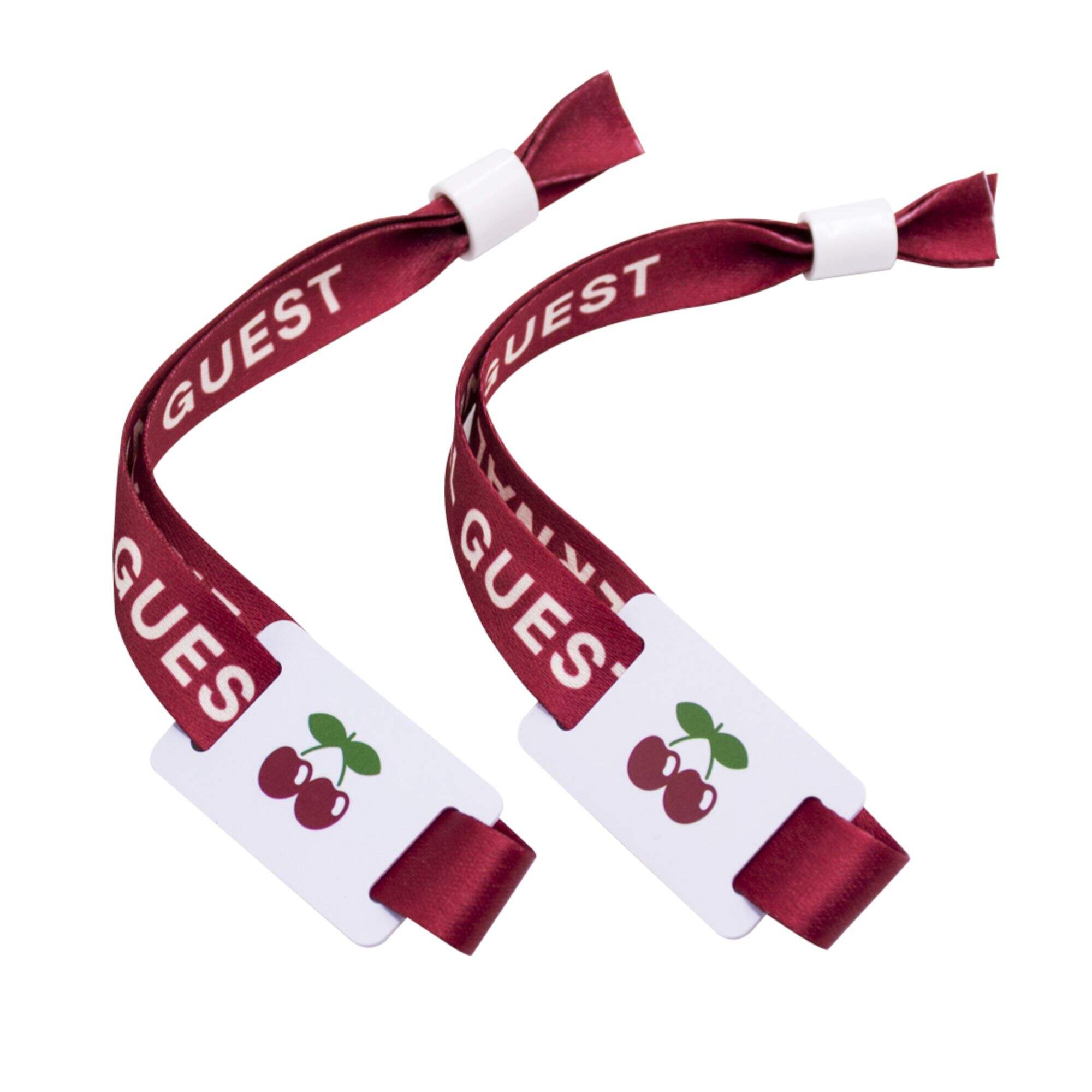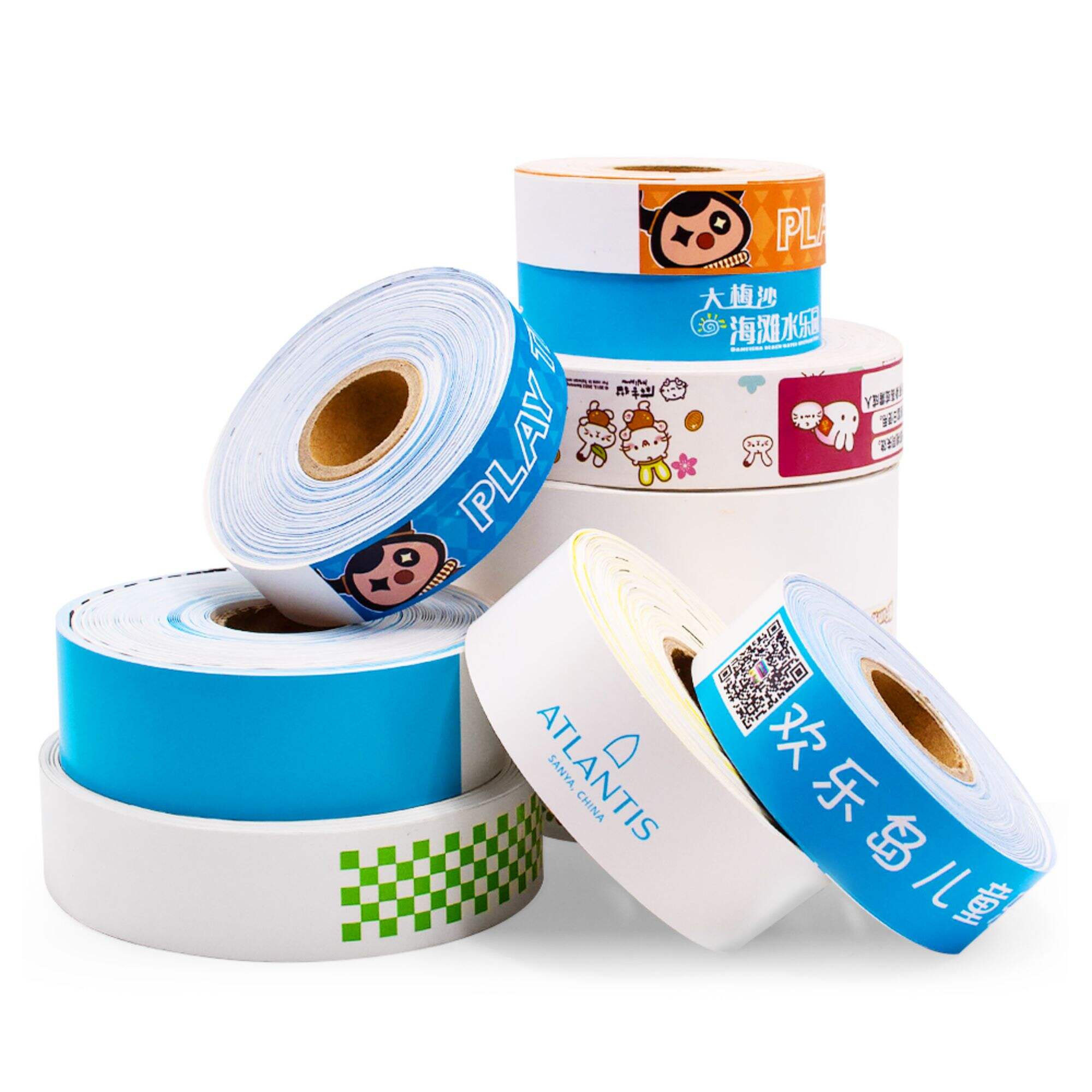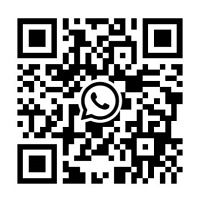The Advantages of RFID Bracelets in Secure Access Management
Enhanced Security Features of RFID Bracelets
Tamper-Evident Design for Access Control
RFID bracelets with tamper-evident features really boost security because they stop people from getting in without permission. When someone tries to mess with them, there's usually some obvious sign that shows up right away, which lets security staff know something fishy might be happening. Most of these bracelets are built pretty tough too, often using thick laminates that can withstand rough handling while still doing their job properly. Places that switched to this kind of tech report way fewer cases where folks tried to sneak past checkpoints illegally. And beyond just keeping things secure, knowing those bracelets are there gives event organizers and guests alike a lot less worry about who actually gets through the doors.
Encrypted Data Storage and Transmission
Data encryption forms the foundation for keeping information safe in RFID bracelets, making sure private details stay hidden from prying eyes. Most modern bracelets rely on solid encryption techniques like AES (Advanced Encryption Standard) to keep both personal info and access credentials secure. Industry studies show that when these systems have good encryption, they stop countless data leaks before they happen, which explains why companies invest so heavily in security protocols. Encrypting everything from how data is stored to how it travels across networks does more than just protect individual privacy. It actually strengthens entire security setups for places where people need controlled access, like office buildings or restricted areas in hospitals.
RFID vs Traditional Security Methods
RFID bracelets represent a big leap forward from old school security stuff like physical keys and ID cards. Think about it: keys get misplaced all the time, and plastic cards? Anyone with basic tools can copy them. Not so with RFID bracelets though. These things are pretty much impossible to duplicate, which means better control over who gets where when. The benefits go beyond just security too. Companies save money because people don't waste time fumbling with locks or waiting for someone to check credentials manually. Security professionals we've talked to consistently point to RFID tech as their top pick for businesses looking to tighten up their operations without breaking the bank. And let's face it, the trend is clear. From hospitals tracking staff movements to luxury resorts managing guest access, RFID solutions keep popping up everywhere as organizations realize what a game changer this technology really is.
Rapid Authentication in High-Traffic Scenarios
RFID tech has really changed how places handle access control in busy spots where people are constantly coming and going. Think about big concerts, sports games, or trade shows where masses of folks need to get checked in fast. These events often struggle with long lines and delays. When organizers switch to RFID wristbands instead of paper tickets, things move much smoother. Some real world tests showed that entry times drop around 60% when using RFID systems. This means fewer bottlenecks at gates and happier attendees who don't spend half their time waiting in line. Venues also benefit from improved security since the system tracks who enters where and when. Plus, everyone just enjoys the event more when they aren't stuck waiting to get inside.
Reducing Human Error in Verification
RFID tech cuts down on human mistakes when verifying access points. Old school methods where people manually check things out tend to go wrong all the time - think about reading bad passes or just plain losing them somewhere. The RFID approach takes care of this problem automatically, so what gets verified stays accurate each and every time. Take airports for instance, many have started tagging bags with RFID chips and guess what? Lost luggage complaints dropped off like a rock. Because of this shift, most businesses want their employees to get up to speed on how RFID works these days. Training sessions typically walk folks through operating the systems, fixing common issues, and keeping everything running smoothly. Putting money into both the tech itself and proper education pays off in the long run by cutting down those pesky errors while making sure access control runs like clockwork.
Integration with Centralized Security Systems
RFID wristbands work pretty well when hooked up to main security setups, which makes managing everything much easier. When companies connect these RFID tags to things they already have running like security cameras and alarm systems, they get better control over what's happening across their premises. Take an office building as an example where staff wear RFID bands to get into different parts of the building. These same bands can be connected to video cameras so security knows exactly who comes in and out at what time, making sure no one unauthorized gets near important documents or equipment. One school actually tried this approach recently and saw real improvements in how fast they could respond to problems on campus plus general safety got better too. The bottom line is that combining RFID tech with other security measures shows just how flexible and effective it can be for keeping places secure while also allowing for smarter, more forward thinking management strategies.
Adaptable Designs for Branding Needs
When companies customize RFID bracelets, they turn them from simple accessories into walking advertisements for their brand. Businesses have all sorts of options these days - changing colors to match corporate schemes, reshaping the bands to stand out, even adding company logos so people know exactly who made them. Look at what happens at big events like concerts or amusement parks. Festival organizers often hand out wristbands dyed in their signature colors, stamped right there with the event name and logo. Attendees wear these around all day, feeling part of something bigger than themselves. Some studies suggest that when customers see their favorite brands everywhere they go, they actually care more about those brands. That's why smart companies keep coming back to customizable RFID solutions. The bracelets stick around longer than flyers ever could, reminding folks about the brand long after the event ends.
Material Options: From Waterproof to Reusable
Picking out the correct material for RFID wristbands matters a lot when it comes to getting them to work properly while also hitting those green goals across various uses. These days there are plenty of choices available on the market ranging between waterproof varieties all the way through to ones designed for multiple reuse cycles. Water resistant RFID bands tend to be the go to choice at places like water parks or beachside resorts where they need to survive splashes and humidity over time. On the flip side, companies running conferences or festivals often opt for the reusable versions since these fit better with their commitment to going green initiatives. Looking at what manufacturers actually put into practice reveals some interesting results too. For instance, waterproof RFID tags have been tested extensively and generally hold up pretty well against harsh conditions without losing track of their main functions. With more organizations thinking seriously about reducing waste these days, finding that sweet spot between how well something works versus its effect on the planet has become pretty much standard operating procedure for anyone selling such products nowadays.
Customization Parallels with Food Packaging Labels
Looking at RFID customization through the lens of food packaging reveals interesting parallels between these two industries. Both strive to boost brand identity and create better consumer interactions. Food packages often feature custom artwork alongside nutritional facts, just like RFID wristbands get personalized for event attendees wanting to interact digitally at conferences or music festivals. Many businesses now borrow ideas from packaging design, adding things like QR codes or NFC chips that let people access extra content on their phones. There's also the matter of regulations governing what gets printed where, which affects everything from ingredient lists to data privacy statements on smart wearables. The RFID industry follows similar rules when it comes to displaying information, creating space for creative branding without stepping into legal trouble. As companies continue exploring ways to stand out, this cross-pollination between packaging innovation and wearable tech will likely produce even more exciting developments in the coming years.
RFID bracelets are changing the game for smart ID management in businesses today. These little devices pack quite a punch when it comes to handling identification and access control tasks. Companies embed RFID chips right into wristbands, which opens up all sorts of possibilities beyond just basic identification. We're talking about full blown access control systems and even cashless payment options now. Take Great Wolf Lodge as an example they've rolled out this tech throughout their properties with great success. The latest advancements in RFID chip tech mean these bracelets generate unique codes that can't be copied or faked, making security much tighter against impersonators. From hotels to corporate offices, many different industries have adopted this approach. The result? Smoother day to day operations while keeping sensitive areas protected from unauthorized access.
RFID Thermal Wristbands: Event-Ready Durability
Thermal RFID wristbands have become pretty much standard at most events thanks to how tough and convenient they really are. These things can handle just about any climate thrown their way, from pouring rain to scorching heat. They're completely waterproof too, so people can wear them while swimming or even during downpours without worrying about damage. That kind of toughness makes all the difference for festivals, concerts, and other outdoor gatherings where bad weather is always a possibility. Event organizers report that attendees tend to come back year after year when these thermal wristbands are used, probably because folks appreciate not having to deal with lost tickets or broken scanners. Plus, since the bands stick on so well without falling off, staff spends less time fixing problems and more time actually helping guests enjoy themselves.
Industry-Specific Use Cases
Large-Scale Events and Venue Access
RFID wristband systems are changing how big events get organized, bringing real benefits to event logistics. These bracelets help control who gets into different areas of venues while making check-ins much faster than traditional methods. Take Coachella 2019 as a case study there they rolled out RFID wristbands across the festival grounds. Attendees noticed shorter lines at entry points and overall better mood among crowds because people weren't stuck waiting forever. Beyond just cutting down on bottlenecks, these systems let organizers see exactly where attendees are moving throughout the day. This kind of visibility means staff can spot trouble spots before they become problems, creating a smoother experience for festivalgoers from start to finish.
RFID tech has really changed how events handle crowd control and money matters. When people wear those little RFID wristbands, getting into venues becomes super quick - just a quick tap instead of waiting for someone to scan tickets manually which always seems to create long lines and mistakes. The same goes for buying stuff during the event. Attendees can simply tap their wrist to pay for food or merchandise, making transactions much smoother while also keeping things secure since there's no need to carry cash around. Event organizers notice something interesting happens too. With these faster processes, guests tend to spend more money overall throughout the day, which means bigger profits at the end of the night.
Healthcare Facility Security
RFID wristbands are becoming a game changer across healthcare settings when it comes to both security and day to day operations. These little devices stop unauthorized people from getting into restricted zones where patient records and medical info are kept safe. Hospitals tell stories about better tracking of patients and much stronger protection against data breaches since they started using RFID tech. Take Massachusetts General Hospital as one case study they rolled out RFID tracking system last year and saw dramatic improvements in how quickly staff could locate patients during emergencies while also making sure sensitive information stays protected from prying eyes.
Adding RFID wristbands to hospitals does more than just keep things secure it actually makes managing patients much easier for staff. With RFID tech, doctors can track where patients go around the facility, which cuts down on lost medical files and helps make sure treatments happen when they should. The wristbands also handle check-ins and who gets access to different areas automatically. This means nurses spend less time dealing with paperwork and more time actually caring for sick people instead of chasing down forms or trying to figure out who is where at any given moment.
Resort and Hospitality Integration
The hospitality sector is seeing some pretty impressive gains from RFID tech, especially when it comes to making guests happy at resort properties. These little RFID wristbands work magic across booking platforms and service operations, cutting down on the usual check-in hassle while giving visitors access to their rooms and letting them spend money without pulling out cash. The results speak for themselves at many resort locations where these systems are already in place. Guests tend to walk away more satisfied because everything just works smoother, creating that personalized touch everyone wants without any of the usual headaches associated with traditional resort stays.
RFID bracelets make life easier at resorts in lots of ways. Guests can tap their wrist to get into the pool area or buy food at restaurants without fumbling for cash or cards. For visitors, this means less hassle overall. Resort workers benefit too since they don't have to spend time on basic transactions and can focus more on what guests really need. When these bracelets work with different resort systems, they automatically collect data about where people go and what they do throughout their stay. Resorts then use this information to adjust services in real time. If someone keeps going to the spa, maybe they'll receive special offers there. The whole system gets better over time as it learns from actual guest behavior rather than guesswork.
 EN
EN
 AR
AR
 HR
HR
 CS
CS
 DA
DA
 NL
NL
 FI
FI
 FR
FR
 DE
DE
 EL
EL
 HI
HI
 IT
IT
 JA
JA
 KO
KO
 PL
PL
 PT
PT
 RU
RU
 ES
ES
 SV
SV
 TL
TL
 ID
ID
 SR
SR
 SK
SK
 SL
SL
 VI
VI
 HU
HU
 TH
TH
 TR
TR
 FA
FA
 AF
AF
 MS
MS
 IS
IS
 HY
HY
 BN
BN
 LO
LO
 LA
LA
 MN
MN
 MY
MY
 KK
KK
 UZ
UZ





